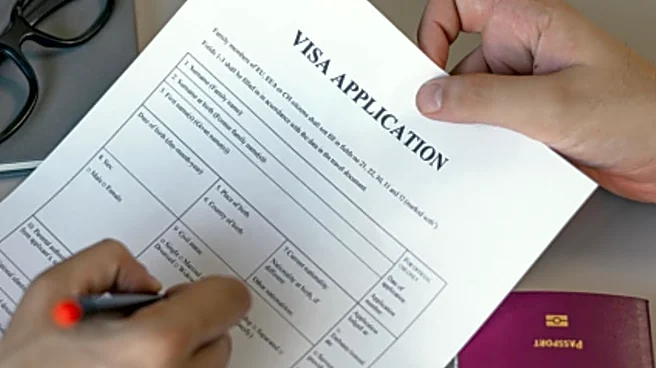
The Karnataka High Court on Wednesday rejected a petition by X Corp (formerly Twitter) challenging the legality of the Central government’s ‘Sahyog’ portal, an online platform for issuing content takedown orders to intermediaries [X Corp v. Union of India].Justice M Nagaprasanna held, "Article 19 is luminous in its promise but remains a charter of rights conferred upon citizens only. A petitioner who is not a citizen cannot claim sanctuary under it."On X Corp's conduct, the judge, according to Bar and Bench, ruled, "The petitioner’s platform is subject to a regulatory regime in the United States, its birthplace. Under the ‘take down’ law of that jurisdiction, it chooses to follow orders criminalising violations. Yet the same platform refuses
to comply with take-down directions in this nation. This is sans countenance.”The Court stressed that every platform operating in India must recognise that freedom comes hand-in-hand with responsibility, "Every platform that seeks to operate within the jurisdiction of our nation must accept that liberty is yoked with responsibility, and the privilege of access carries with it the solemn duty of accountability.”The court framed 10 issues to come to its conclusions: 1. Whether the march of human civilisation, from antiquity to the present digital age, has ever witnessed information and communication in an unregulated state, or whether regulation has been its constant companion across epochs.2. Whether the regimes of regulation that prevailed in earlier times continue to subsist both within the local context of our polity and in the global order of nations.3. Whether the right to free speech under Article 19(1)(a) of the Constitution of India is an unbridled entitlement or is hedged by the canopy of reasonable restrictions embodied in Article 19(2).4. Whether the jurisprudential edifice of the United States may be transplanted without reservation or adaptation into the soil of Indian constitutional thought, and whether American judicial philosophy has undergone a discernible shift post Reno v. ACLU, with any effect upon comparative jurisprudence.5. What were the rules that fell for consideration in Shreya Singhal v. Union of India, and whether the rules now occupying the field are materially distinct, thereby demanding a fresh interpretative lens.6. Whether the present challenge to the rules is vitiated by alleged vagueness or whether the rules withstand the test of clarity and definiteness in law.7. Whether the fundamental rights guaranteed under Part III of the Constitution are essentially citizen-centric or extend to all persons.8. Whether the Sahyog portal envisaged under the Information Technology Act is ultra vires the parent enactment or whether it stands as a legitimate instrument in aid of statutory purpose.9. In the contemporary digital milieu, where algorithms shape the flow of information, whether autonomy of such processes eclipses human agency - myth or reality.10. Whether the menace of social media needs to be curbed and regulated.
/images/ppid_a911dc6a-image-175871542678125683.webp)


/images/ppid_a911dc6a-image-175847883916741725.webp)

/images/ppid_59c68470-image-175864505526015306.webp)



/images/ppid_59c68470-image-175864252952582963.webp)

/images/ppid_a911dc6a-image-175870110788546664.webp)
/images/ppid_a911dc6a-image-175868945655686716.webp)
/images/ppid_a911dc6a-image-175868954808966242.webp)

/images/ppid_a911dc6a-image-175844502642416647.webp)